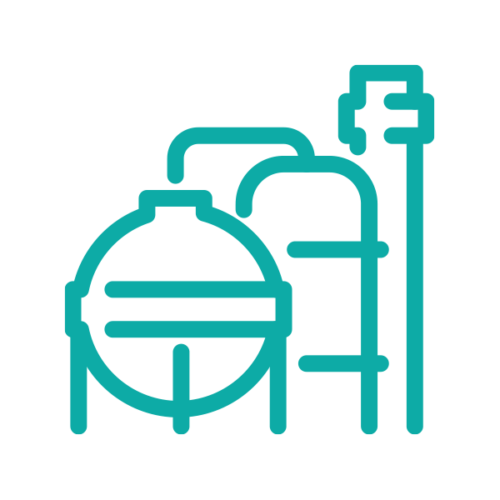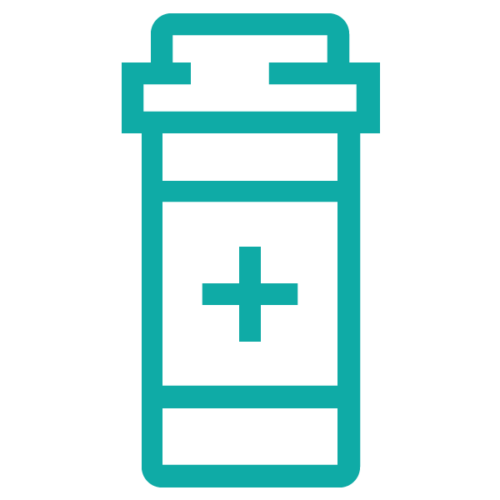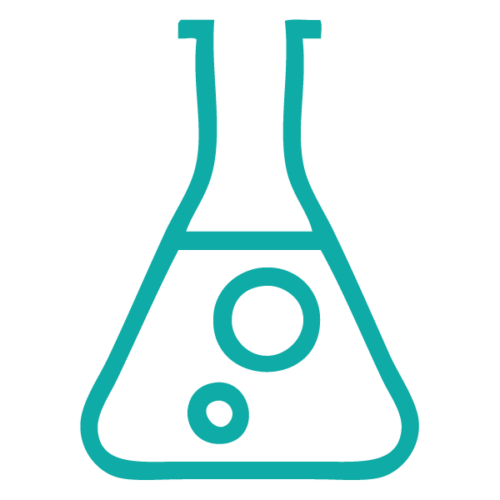Heat Transfer & Cooling

Lyophilisation, or freeze-drying, is a low pressure, low temperature vacuum freeze-drying process widely used in the manufacturing of pharmaceuticals and biologics. Temperatures may vary from -55°C (-67°F) to 121oC (249.8°F) during sterilisation and operation.
IMA Life installed a freeze dryer utilizing 3M Novec Engineered Fluid to help a large pharmaceutical company manufacture vaccines at extremely low temperatures while reducing the risk of fire and explosion. Traditionally, materials like chlorofluorocarbons (CFCs), trichloroethylene (TCE), methylene chloride or silicone oils are used as heat transfer fluids to maintain temperatures in pharmaceutical and chemical processing.
Unfortunately, these “traditional” fluids have a number of limitations. Some are combustible and may be fire hazards. Others are unacceptable because of their high toxicity and potential to harm workers. Still others are restricted in their use due to unfavorable environmental profiles.
A new generation of fluids
The unique low temperature properties of 3M Novec Engineered Fluids allow them to provide excellent heat transfer performance, helping ensure uniform product quality in a variety of processes. Just as important, Novec fluids are designed with health, safety and sustainability in mind — meaning these unique materials optimise heat transfer performance without compromising worker safety or environmental sustainability.
These heat transfer fluids are non-flammable, have low toxicity, zero ozone depletion potential, short atmospheric lifetimes and low global warming potentials. In addition, they do not contribute to the formation of photochemical smog. 3M Novec 7100, 7200 and 7500 Engineered Fluids have been exempted from the U.S. EPA definition for volatile organic compounds (VOC). Novec fluids are non-flammable and are not regulated for transport, storage or use.
Performance under pressure
Freeze drying, or lyophilisation, involves removal of solvent in such a way that the active pharmaceutical ingredient is not compromised. This is done by using temperature controlled shelves whose temperature can vary from -55°C to 80°C during processing. Careful temperature control across the operating range is critical for a successful batch of freeze dried product.
Several Novec fluids have been qualified for use in lyophilisers. 3M Novec 7500 Engineered Fluid, with a boiling point of 130°C, is well-suited for production or pilot-scale lyophilisers that are steam-sterilised. 3M Novec 7100 Engineered Fluid and 3M Novec 7200 Engineered Fluid both have very low viscosities, but their lower boiling points make them more suited for R&D lyophilisers or any steam-sterilised unit that can tolerate higher vapor pressure.
The fluids typically used to cool jacketed reactor vessels suffer similar limitations to those used in lyophilisers. An additional constraint is added by the ever-increasing demand for lower temperatures. More and more frequently, these processes require temperatures of -100°C and lower. Very few fluids are useful at these temperature extremes.
When using silicone oil in reactor cooling applications at temperatures lower than -80°C to -90°C, for example, it becomes difficult to maintain turbulent flow with manageable pressure drops and pumping power. 1 3M Novec Engineered Fluids, in comparison, function well at temperatures as low as -120°C with good heat-transfer coefficients and pumping power demands. Novec 7100 and Novec 7200 fluids have been used in processes well below -80°C, and 3M Novec 7000 Engineered Fluid has been successfully used below -115°C.
Safer and easier handling
The use of combustible heat transfer fluids such as silicone oils creates regulatory challenges that can be eliminated by switching to 3M Novec fluids. For example, areas with equipment using flammable fluids must have an “H-2” fire rating (per NFPA and IBC). For two-story operations, this coverage must extend to the condenser area and the floor between the chamber and condenser must be sealed. Blow-out panels are also required.
In addition to the costs associated with building spaces that meet fire rating and explosion resistance requirements, converting existing facilities often poses architectural challenges and may not be feasible in some cases. Unlike silicone oils, used in this application, Novec fluids do not have a flash point and therefore do not present a fire or explosion hazard, even at the high temperatures encountered during the sterilisation phase of the freeze drying process. This makes them safer for workers to handle and eliminates the need for explosion proofing.


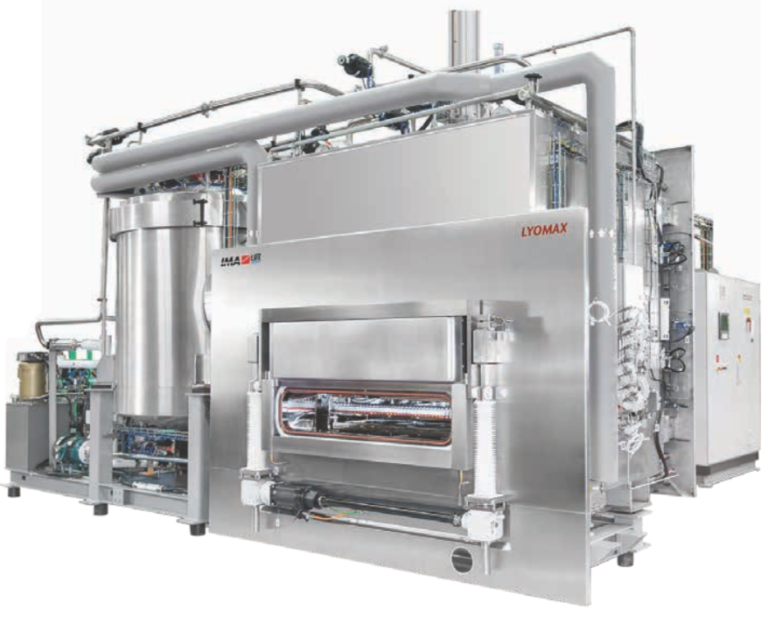
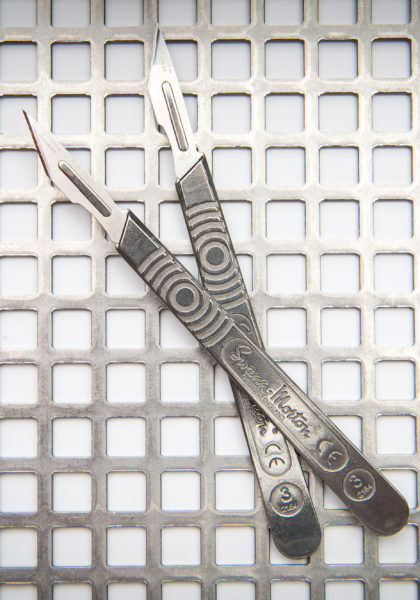
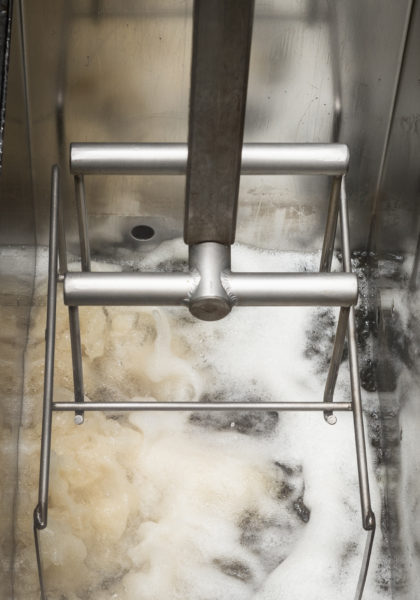
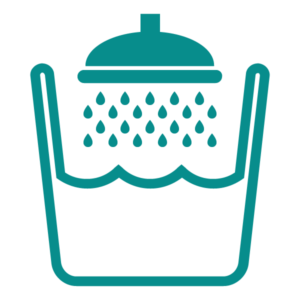 Precision Cleaning
Precision Cleaning








